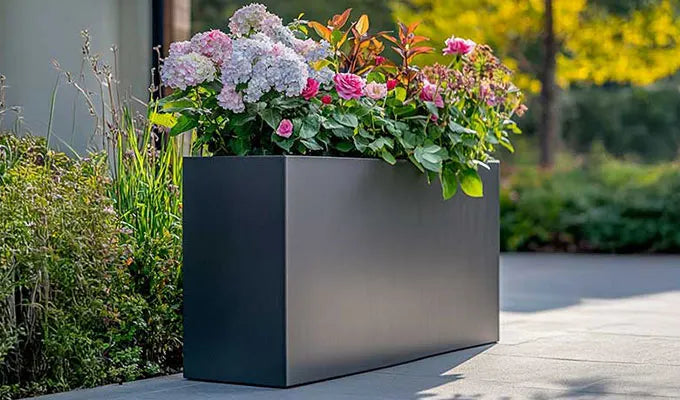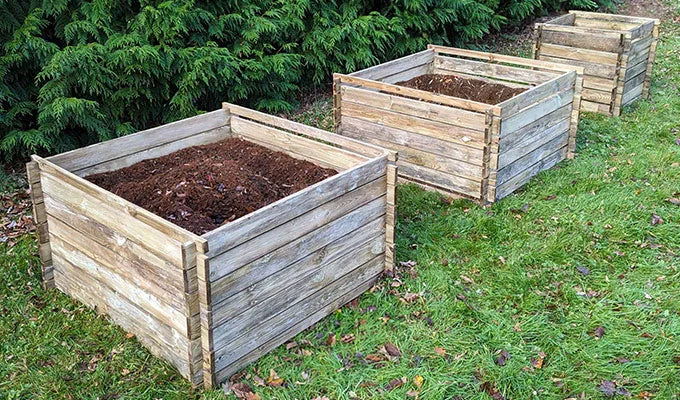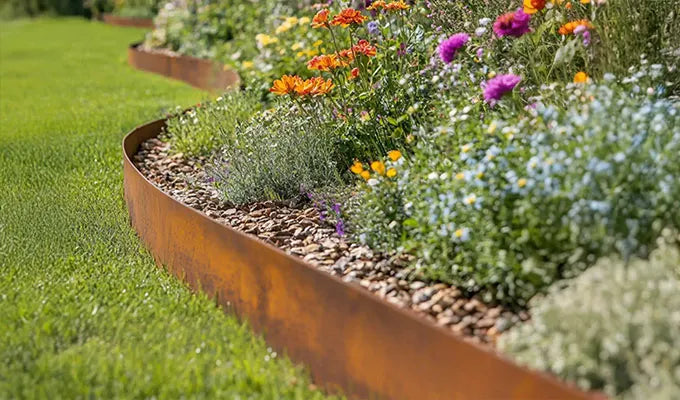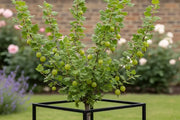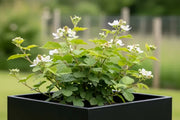Growing Gooseberries: A Comprehensive Guide
Gooseberries, with their distinctive tangy flavour, are a rewarding addition to any British garden. These robust and relatively easy-to-grow fruit bushes thrive in our temperate climate, offering a versatile harvest perfect for crumbles, jams, or enjoying fresh off the bush.
Choosing Your Gooseberry Variety
There's a good selection of gooseberry varieties perfectly suited to the English climate. You'll find options for both cooking and dessert, each with its unique characteristics. Popular dessert varieties like 'Whinham's Industry' and 'Leveller' offer sweetness, while 'Careless' and 'Invicta' are excellent for cooking and often have good disease resistance, particularly to mildew, which can be a concern in damp British summers. Consider whether you prefer green, red, or yellow fruits, and if thornlessness is a priority for easier harvesting.
Ideal Location and Soil
Gooseberry bushes are hardy and appreciate a spot that offers either full sun or partial shade. In the warmer south of England, a little afternoon shade can actually be beneficial, preventing the berries from scorching and reducing stress on the plant. They prefer a well-drained, fertile soil with a pH between 6 and 7. Before planting, enrich the soil with plenty of organic matter, such as well-rotted compost or manure, to improve drainage and fertility. Avoid frost pockets, as early spring flowers can be vulnerable.
Planting Gooseberry Bushes
The best time to plant bare-root gooseberry bushes in the UK is during their dormancy, typically between November and March, as long as the ground isn't frozen or waterlogged. Container-grown plants can be planted at any time of year. Dig a hole twice the width of the root ball and to the same depth. Space bushes approximately 1.5 metres apart to allow for good air circulation and growth. For cordon or standard forms, closer spacing is possible. Plant the bush so that the soil mark from the nursery is at ground level, or slightly deeper for bare-root plants to encourage new shoots from the base.
Growing Gooseberries in Planters
Gooseberries are surprisingly adaptable to container growing, making them an excellent choice for patios, balconies, or smaller gardens across the UK. Choose a large pot or planter, at least 45-60cm (18-24 inches) in diameter, to accommodate their root system. Use a good quality, soil-based John Innes No. 3 potting compost, which offers stability and nutrients. Ensure the container has ample drainage holes. Container-grown gooseberries will require more frequent watering than those in the ground, especially during dry spells and fruit development. They also benefit from regular feeding with a balanced liquid fertiliser during the growing season.
Care and Maintenance
Watering and Feeding
Keep the soil consistently moist, especially during dry periods and when the fruits are developing. Gooseberries are relatively hungry plants. In spring, apply a balanced granular fertiliser around the base of the bush. For container-grown plants, a weekly liquid feed during the growing season is beneficial.
Pruning
Pruning is crucial for maintaining bush health, fruit production, and controlling growth.
- Winter Pruning (November to March): For bush forms, aim for an open goblet shape. Remove any dead, diseased, or crossing branches. Shorten main stems by about one-quarter and side shoots by half.
- Summer Pruning (June to July): This is particularly important for cordons and standards but also beneficial for bushes. Shorten new side shoots to five leaves. This encourages the plant to put energy into fruit development rather than leafy growth and improves air circulation, reducing the risk of mildew.
Pests and Diseases
In the English garden, two common issues are the gooseberry sawfly, whose larvae can rapidly defoliate a bush, and gooseberry mildew, which manifests as white powdery patches on leaves and fruits. Regular inspection is key. For sawfly, pick off larvae by hand or use an appropriate organic insecticide. Good air circulation and choosing resistant varieties like 'Invicta' can help mitigate mildew, especially in damp conditions.
Flowering and Fruiting Cycle
Gooseberry bushes typically produce small, greenish, inconspicuous flowers in early spring, usually around March or April in the UK, depending on the specific variety and local climate. These are often pollinated by bees. The fruits begin to develop shortly after. Depending on the variety and local conditions, gooseberries are generally ready for harvesting from late June through to August. For cooking, they can be picked when still firm and slightly unripe. For dessert, allow them to fully ripen on the bush for maximum sweetness. Handle with care, as they can be delicate.

